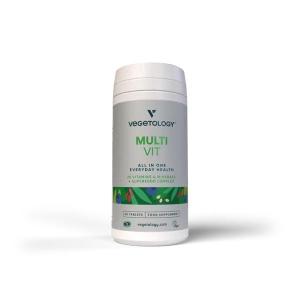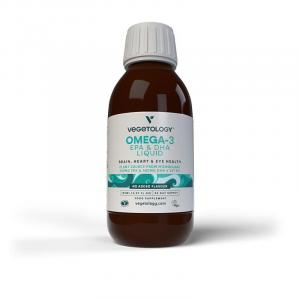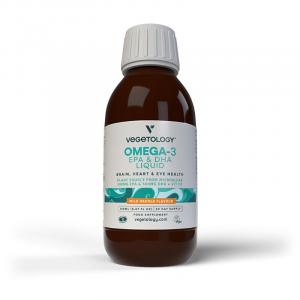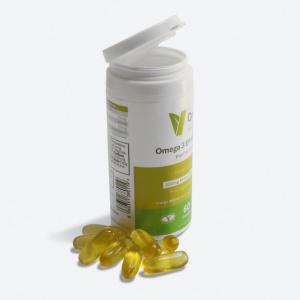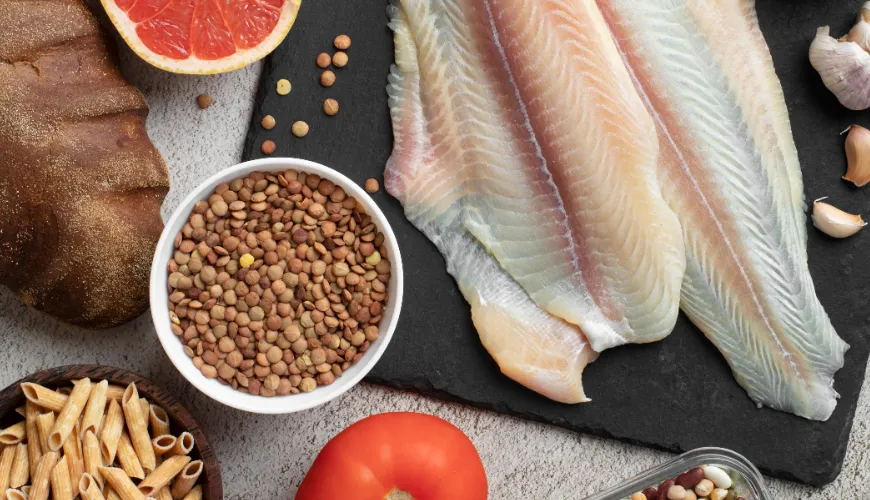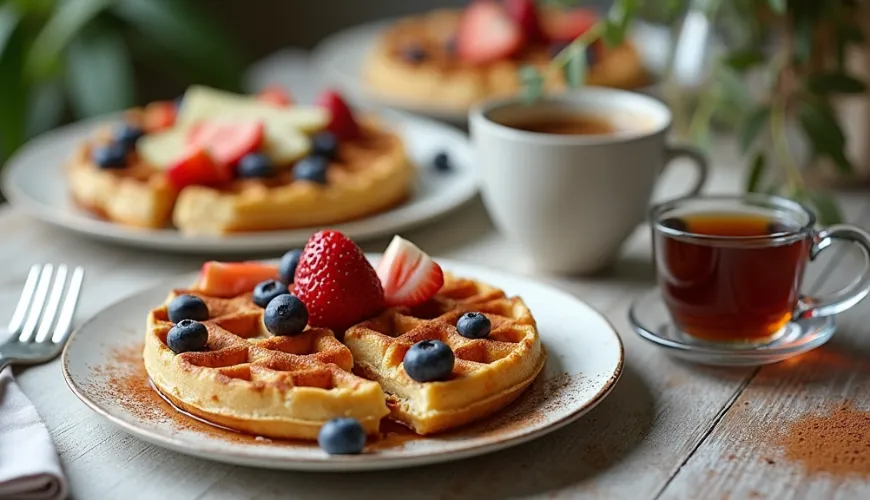
Why Dried Insects Are the Future of Dining
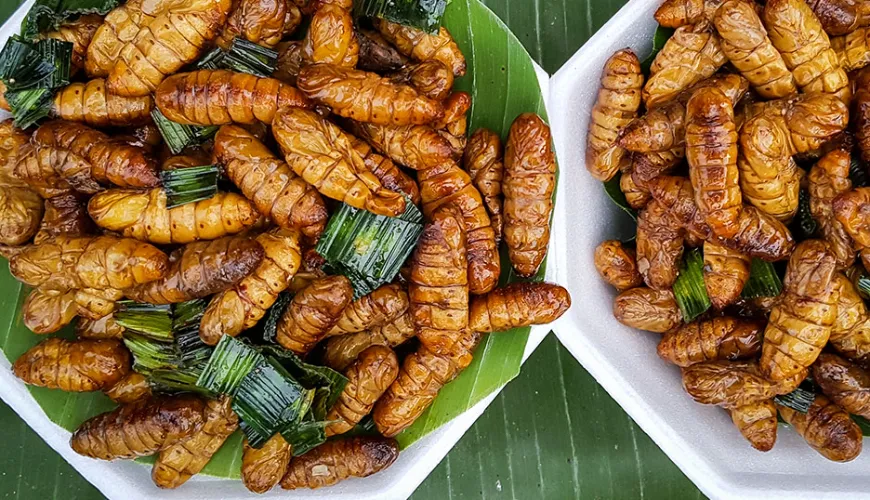
What is Dried Insects?
Dried insects are a relatively new phenomenon in Western countries, but their history is much longer than we might think. The consumption of insects, known as entomophagy, has deep roots in many cultures around the world, especially in Asia, Africa, and South America. Insects are considered a rich source of protein and other key nutrients that people need to maintain health. The process of drying insects not only preserves these nutrients but also significantly extends shelf life, making insects an ideal food product for long-term storage and easy use.
Dried insects include a wide range of species, from crickets to mealworms to grasshoppers. Each species offers a slightly different nutritional profile and taste experience, but they all have in common that they are packed with proteins, vitamins, and minerals. Dried insects are prepared in various ways – they can be flavored with salt, herbs, or spices, or left in their natural state to highlight their specific taste profile.
Why are Dried Insects an Excellent Source of Nutrients?
The nutritional values of dried insects are astounding. Insects offer a high concentration of proteins, which are crucial for growth, muscle repair, and overall health of the body. Moreover, insect proteins contain a complete amino acid profile, making them an exceptional protein source for vegetarians, vegans, and anyone looking to diversify their diet. Unlike traditional animal protein sources, such as meat or dairy, dried insects provide a high amount of protein with low fat and carbohydrate content.
Another key component of dried insects is healthy fats, particularly omega-3 and omega-6 fatty acids. These fats are essential for heart and vascular health, support cognitive functions, and contribute to maintaining healthy skin. Additionally, dried insects contain important vitamins like B12, which is often difficult to obtain from a plant-based diet, and minerals, including iron, zinc, and magnesium. Iron in insects helps prevent anemia, zinc supports a strong immune system, and magnesium is crucial for the proper functioning of muscles and nerves.
Try our natural products
How to Use Dried Insects in the Kitchen?
In the kitchen, dried insects have many uses, and their preparation can be easy and fun. One of the simplest ways to consume dried insects is directly from the package as a crunchy snack. This method of consumption is ideal for those looking for a quick and nutritious protein-rich snack. Dried insects can also serve as an ingredient in various dishes, adding original flavor and enhancing nutritional value.
Dried insects can be used in salads, soups, pasta, or risottos, where they not only ensure high protein content but also provide a crunchy texture. Some chefs even add them to desserts or baked goods, such as muffins or bread, where they add a nutty flavor and crunchiness. When experimenting with recipes using dried insects, one can take advantage of their versatility and mix them with various herbs and spices to enhance the dish's flavor.
Environmental Benefits of Consuming Dried Insects
The ecological benefit of consuming dried insects is one of the main reasons for their growing popularity. Insect farming is highly efficient in terms of resource consumption, making it an eco-friendlier alternative to traditional livestock farming. Insect production requires less water, land, and feed than meat production, which significantly reduces the environmental footprint of this food.
For example, producing one kilogram of beef requires approximately 15,000 liters of water, whereas for the same volume of insects, it is much less. Moreover, insects convert feed into body mass much more efficiently than mammals or birds – while cattle need about eight kilograms of feed per kilogram of meat, for insects, it's only two kilograms of feed. Insect production also generates fewer greenhouse gases, contributing to the fight against climate change.
Thus, dried insects are one of the most eco-friendly and sustainable food sources for the planet. Consuming dried insects represents a way to not only improve one's health but also contribute to reducing the ecological burden on our planet.
The Future of Dried Insects as Food
Given their nutritional values and ecological advantages, dried insects have the potential to become a common part of the diet of the future. With increasing interest in sustainable food sources, dried insects are seen as a solution not only for environmental issues but also as a way to ensure enough food for the growing global population.
In some countries, such as Thailand or Mexico, insects are commonly used not only as food but also as a cultural delicacy. In Western countries, where dried insects are just gaining popularity, they are gradually appearing on store shelves and in the menus of modern restaurants. Scientists and food experts believe that dried insects could play a key role in the future of eating, not just as an alternative to meat but also as a fundamental component for a healthier and more sustainable diet.
